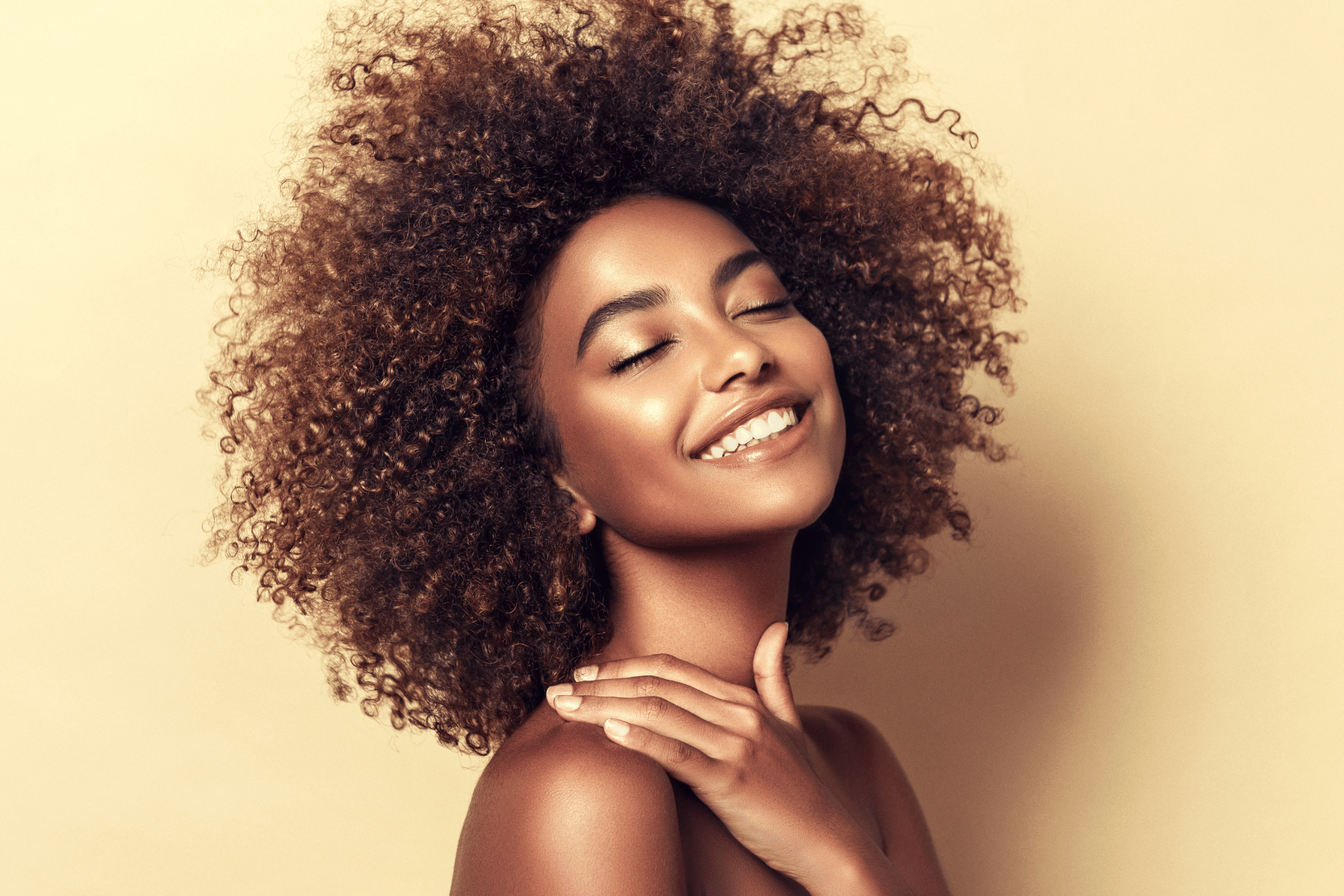Who Should Avoid Double Eyelid Surgery?
Is Double Eyelid Surgery Right for Everyone?
Double eyelid surgery is one of the most popular procedures in Korea, known for natural results and fast recovery. However, it is not suitable for everyone. Certain eye shapes, health conditions, expectations, or lifestyle factors may make the surgery unsafe or unlikely to produce satisfying results.
This guide explains who should avoid double eyelid surgery, why it may not be recommended, and what alternatives might be better.
1. People With Unrealistic Expectations
Who falls into this category:
- Those expecting dramatic, “Westernized” eyelids
- Those wanting a crease higher than their anatomy allows
- Those expecting perfectly symmetrical eyes
- Those hoping surgery will completely change their identity
Why they should avoid it:
Double eyelid surgery enhances natural anatomy but cannot create a crease that looks unnatural or disproportionate. Patients with unrealistic expectations are more likely to be unhappy with normal results.
2. People With Untreated Ptosis (Weak Eyelid Muscles)
Why this matters:
If the eyelid-opening muscle is weak, double eyelid surgery alone will fail.
The crease may:
- Disappear
- Sit unevenly
- Look too low
- Make eyes appear more tired
Why they should avoid it (for now):
They need ptosis correction together with double eyelid surgery — not a crease-only procedure.
3. Patients With Severe Skin Laxity or Hooded Skin (Age-Related)
Why this matters:
Older patients with:
- Heavy eyelid skin
- Hooding
- Droopy brows
- Thinning tissues
…may not achieve a stable crease with non-incisional or standard crease surgery.
Why they should avoid it:
They need upper blepharoplasty, ptosis correction, or brow lift instead of simple double eyelid surgery.
4. Patients With Very Thick or Fatty Eyelids
Why this is a problem:
Excessive fat or thick skin can prevent the crease from forming properly.
Why they should avoid it:
Without an incisional technique and fat reduction, the crease will:
- Be unstable
- Fade
- Look bulky
They may need incisional double eyelid surgery (not non-incisional).
5. Patients With Active Infections, Eye Diseases, or Dry Eye Syndrome
Conditions of concern:
- Active blepharitis
- Eye infections
- Uncontrolled dry eye
- Severe allergic dermatitis
- Corneal diseases
Why they should avoid it:
Healing becomes unpredictable, and symptoms may worsen.
The eye surface must be healthy before surgery.
6. Individuals Prone to Keloids or Hypertrophic Scars
Why this matters:
Incisional eyelid surgery is low-risk for keloids, but patients with a strong scarring tendency may experience:
- Thick scars
- Redness
- Prolonged healing
Why avoid surgery:
They should proceed cautiously and may need non-incisional methods, scar care planning, or alternative treatments.
7. Pregnant or Breastfeeding Patients
Why they cannot undergo surgery:
- Anesthesia risks
- Unpredictable swelling
- Medication restrictions
- Hormonal changes affecting healing
Elective cosmetic surgery should be postponed.
8. Patients With Severe Asymmetry That Requires More Than a Crease
Examples:
- One eye significantly smaller (severe ptosis)
- Previous failed surgeries
- Structural asymmetry
- Scleral show or lower lid retraction
Why avoid simple double eyelid surgery:
They need complex eye reconstruction, not just crease creation.
9. People Wanting Surgery for External Pressure
Examples:
- Family/partner pressure
- Social pressure
- Trend-following
- Emotional instability
Why avoid surgery:
Good surgical outcomes require:
- Clear motivation
- Stable mental health
- Realistic expectations
10. Patients With Uncontrolled Medical Conditions
Risks increase with:
- High blood pressure
- Blood clotting disorders
- Diabetes
- Autoimmune disease flare-ups
- Thyroid disorders affecting the eye
Why avoid surgery:
Higher risk of bleeding, healing delays, and infection.
Clearance from a primary doctor is required.
Who Is a Good Candidate?
- Healthy individuals with stable medical conditions
- People with monolids wanting a natural crease
- Patients with mild hooding or asymmetry
- Those wanting brighter, more open eyes
- People with realistic goals
Alternatives for Those Who Should Avoid Surgery
1. Non-Surgical Lifting
- Ultherapy
- Shurink
- Thermage FLX
These help with hooding but do not create a crease.
2. Brow Lift for Upper Eyelid Heaviness
- Temporal brow lift
- Endoscopic brow lift
3. Ptosis Correction Alone
For patients with muscle weakness.
4. Makeup or Semi-Permanent Crease Styling
Temporary or reversible options.


